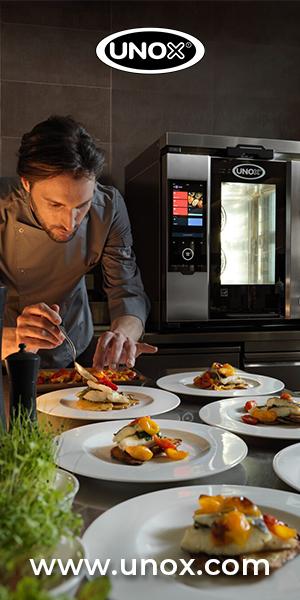Since their introduction in Australia more than two decades ago, card payment surcharges have become a common part of hospitality pricing. For many venues, they’re a practical way to offset rising costs without increasing menu prices. Now, partly due to fast-evolving consumer behaviour, this long-standing practice may be coming to an end.
In a significant development, the Reserve Bank of Australia has released a consultation paper proposing to lift the prohibition on ‘no-surcharge’ rules for designated debit, prepaid and credit card systems (EFTPOS, Mastercard and Visa).
The RBA considers that this would likely be followed by the designated card networks reimposing ‘no-surcharge’ rules, a move that could reshape how hospitality venues operate. The RBA is seeking feedback until August on its proposal. If the proposal is implemented as it is currently described, a key lever that businesses have relied on in a cost-sensitive environment could be removed.
How venues are approaching pricing today
The reality is that most Australian venues still use surcharges in some form. According to Lightspeed’s State of Hospitality report, 72% of operators currently apply some form of surcharge. For many, it’s a way to maintain pricing consistency while accounting for the growing cost of doing business – including merchant fees, wages, and supplier increases.
However, there are others who are already moving in a different direction. Nearly one in four venues (24%) have opted instead to increase their prices, aiming to provide a more transparent and seamless customer experience. Interestingly, this approach is more common among certain venue types like bars and pubs, with 31% favouring this model, compared to just 18% of restaurants.
The way venues communicate these charges also plays a role in how they’re received. Lightspeed’s research shows that only 40% of restaurants clearly communicate surcharges up front, a figure that drops to 24% among cafes. That lack of transparency can lead to confusion at the till, and in some cases, damage trust, even when the surcharge itself is relatively minor.
Navigating surcharge changes
If the proposed ban goes ahead, operators who rely on surcharges in some way may need to rethink their approach.
For example, those who shift away from surcharges might consider rebalancing their pricing across the menu to reflect real value rather than simply raising prices across the board.
Others may choose to bundle certain items, introduce limited-time value offers, or build loyalty through personalised promotions. With cost pressures still a consideration for the industry, innovation in pricing can become a key differentiator.
Equally important is how these changes are communicated. Whether a venue decides to adjust its operational model or rework menu pricing, venues that are open and proactive about their pricing can retain customer loyalty, even in times of change. Staff training, menu updates, and clear receipt breakdowns all play a role in maintaining trust.
Leveraging technology to stay agile
Technology will be an important tool in this transition. For example, unified POS & payments platforms like Lightspeed give venues the ability to test pricing models and track customer behaviour in real time.
Ultimately, the end of surcharges could mark the beginning of a new era in hospitality pricing, one where clarity, technology and customer experience take centre stage. And in a sector built on relationships, those who navigate the transition thoughtfully will be best positioned to thrive.
Editor’s Note: This content is for general information only and does not constitute legal or financial advice. Readers should seek independent professional advice tailored to their individual circumstances.







